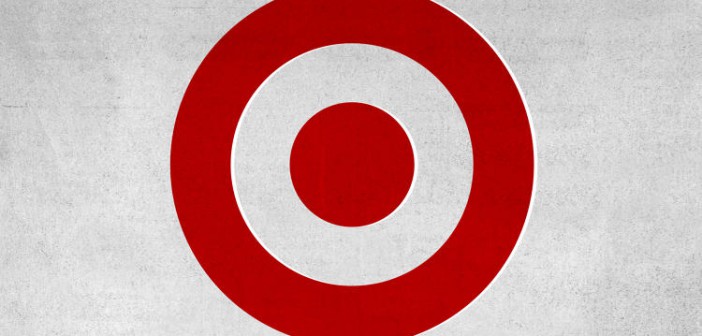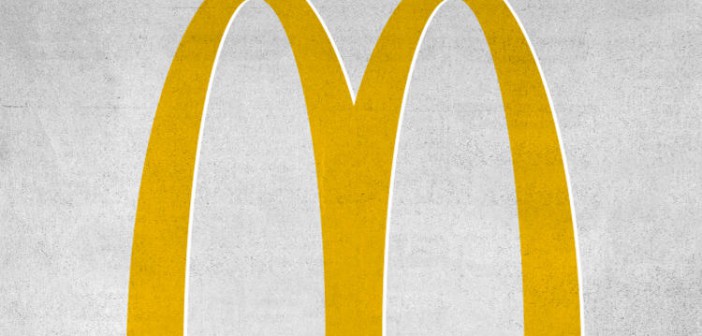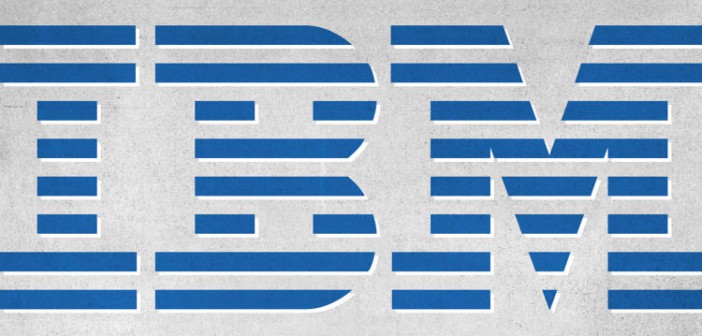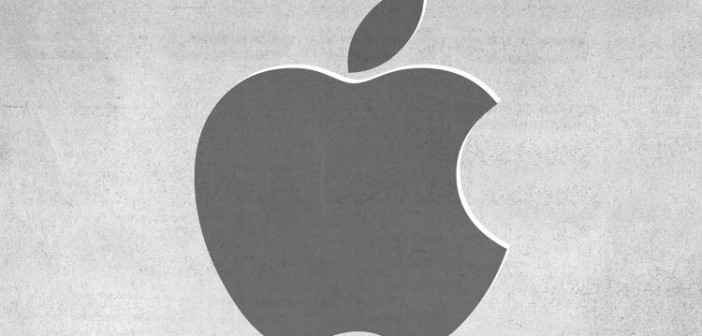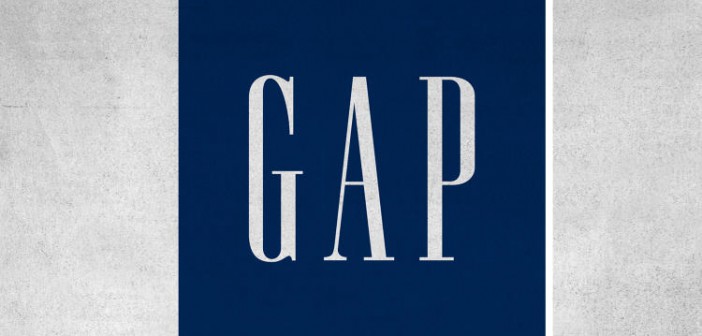WELCOME TO A WORLD IN WHICH CURVES ARE A GOOD THING.
Think about the iconic brand names you know: Apple, Target, McDonald’s, Gap. What images come to mind? For many of us, probably their logos. That’s because whether it’s an apple or big golden arches, a logo is crucial to a company’s identity. Now, new research says that logos are even more important than businesses and consumers realize. A recent study in the Journal of Consumer Research found that even just a basic element of logos—their shape—affects how people perceive a company and its products.
There’s already a good amount of research on how logos influence customers. For example, a 2011 study found that when a company has an incomplete logo (think IBM), people perceive the business as more innovative but less trustworthy. Another weird logo effect that researchers have found: when consumers see a complex-looking logo over and over again, they start to like the brand more. Given these past findings, Amitava Chattopadhyay and his team at INSEAD thought something as simple as a logo’s overall shape—circular or angular—might also impact people’s opinions in a significant way.
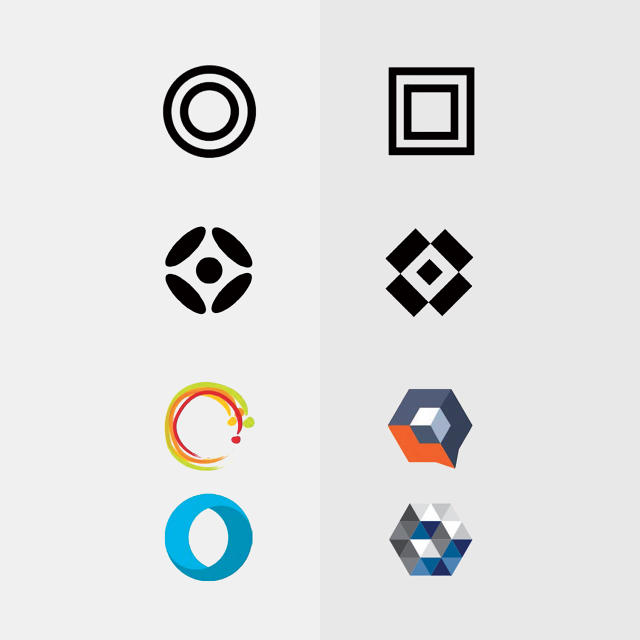
Jiang, Gorn, Galli and Chattopadhyay. Journal of Consumer Research
It’s well-established that people tend to associate circular shapes with soft, comfy things, and angular shapes with hard, sturdy things. And that makes sense, says Chattopadhyay, a professor of marketing at INSEAD. “If you think about it, circular shapes on average tend to be quite soft—balls, pillows, mattresses—whereas angular shapes like bricks, tables, and knives tend to be hard and durable,” he says. “These associations probably form over time because that’s how we encounter the world.” The researchers wanted to know whether they could exploit these strong associations by using the logo as a subtle, subconscious guide in consumers’ minds.
In a pair of experiments with a total of 178 participants, the researchers had people look at ads for either athletic shoes or a sofa, and the ads included a circular logo, an angular logo, or no logo at all. The researchers found that when people looked at these ads, they perceived the shoes or sofa with a circular logo as more comfortable whereas they thought shoes and sofas with an angular logo would be more durable. This finding effect isn’t actually that surprising, says Tom Meyvis, a professor of marketing at NYU, who wasn’t involved in the study. “It makes sense that the features of your logo are going to have this effect,” Meyvis says. “It’s what’s called priming—the idea that you prime certain concepts in someone’s mind by showing them something that’s associated with this concept.”
It turns out that this priming effect doesn’t just apply to products—it also distorts how we perceive the characteristics of a company itself. In another experiment, Chattopadhyay and his team asked 95 people to view either a dozen circular or angular logos then read a scenario about a hypothetical airline company. In the scenario, a man named Kevin was trying to board his flight with overweight carry-on luggage, and study participants were asked how the airline would deal with him—whether the company would listen to Kevin, show him empathy, and let him onboard with his luggage.
The researchers found that when people looked at circular logos beforehand, they thought that the airline would be more sensitive toward Kevin compared to people who saw the angular logos and then read the same scenario. This means that the logo doesn’t even have to be present when you’re judging a company or product—as long as the shape association is fresh in your mind, it’ll have an effect on what you think. What’s even crazier is that the logos people looked at weren’t even connected to the airline company—apparently, just looking at shapes activated these powerful associations, and influenced what people thought of a company.
In two other experiments, the researchers also tested whether logo shape actually caused this effect (they found that it did), and they also tried to figure out how other aspects of advertising, like the ad headline, interact with logos to influence people’s judgments. They found that when an ad headline and a logo conveyed conflicting information about a product—for example, if a headline says an athletic shoe is rugged and durable, but is paired with a circular logo—the logo shape effect didn’t work.
These are all things that companies should keep in mind, says Chattopadhyay. “When companies are designing their logos, they should be thoughtful about making these associations fit with the associations they want for their brand,” he says. He also thinks it’s also important that when companies show people an ad, the information—like the logo and ad headline—needs to fit together, otherwise it won’t convey the right message. “We need to worry about what we’re saying to consumers verbally versus what we’re signaling accidentally or deliberately through other kinds of cues,” he explains. Chattopadhyay goes even further, saying that his results suggest that even the shape of physical objects—like product packaging and store design—may influence people’s judgments.
But of course, it’s important to remember that logos are complex, and they’re part of a much larger context in marketing, which means that you can’t just count on the shape of a logo to make people think a certain way about your company and its products. “If you’re looking at the real world, with actual brands that people already have a lot of prior beliefs about, then these effects can just wash out,” says Tom Meyvis. Chattopadhyay agrees that logo shapes are just one part of what companies use to influence what people think, though they’re still potentially very useful. “From a marketer’s point of view, every cue—whether it’s the scent, color, taste, shape—all of this is explicitly engineered,” he says, “That’s because we know that those perceptual cues affect people’s behavior.”

